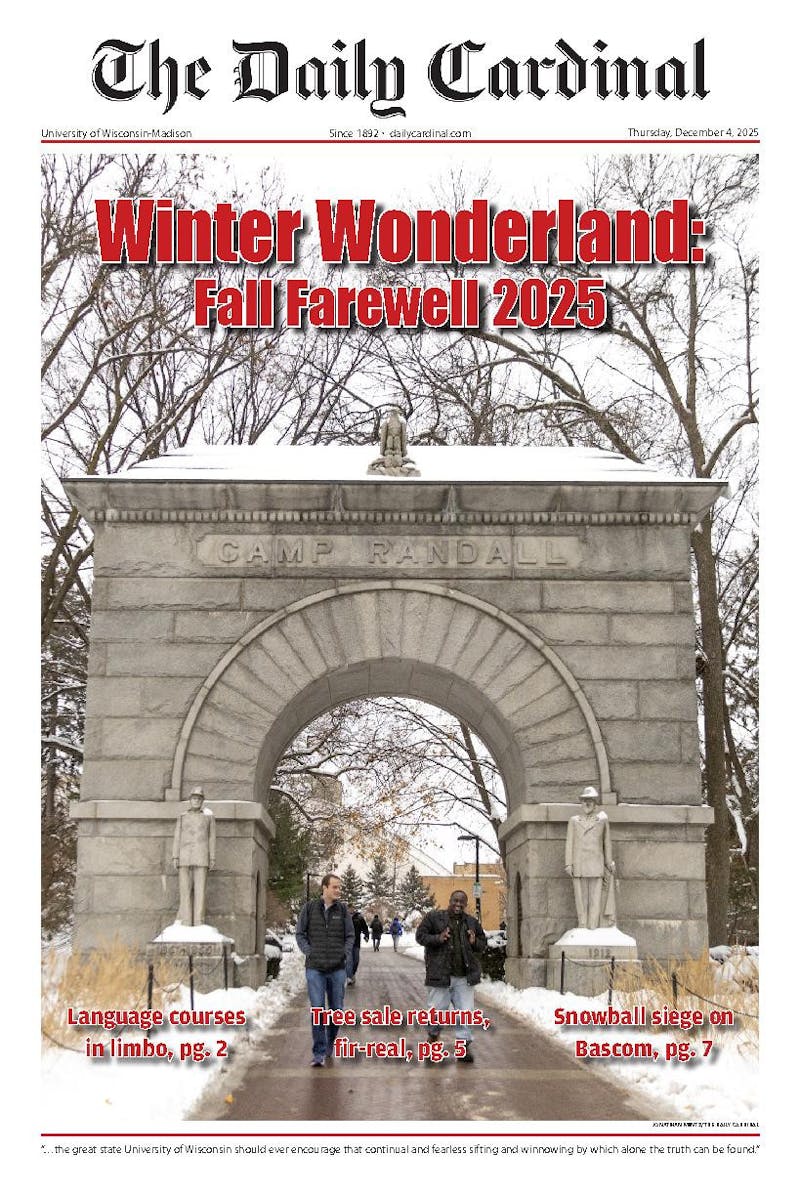Julian Barnes' latest work of historical fiction, Arthur & George,\ incorporates one of history's most beloved authors into a criminal case of his time. Barnes, who has been shortlisted for the Booker Prize three times (including for this book), tells a tale of Sherlock Holmes creator Sir Arthur Conan Doyle and the wrongly accused George Edalji. Encompassing much more than a mystery to be solved, the book delves into the culture of England at the turn of the 20th century, the lives of two different yet similar men and the experiences that bring them together.
Barnes divides the novel into sections instead of chapters, with smaller divisions titled either ""Arthur"" or ""George"" depending on whom the section focuses on. ""It was hard having two such characters, one of whom was well documented, and one who was completely forgotten and was really just a predicament in legal history when I came across him,"" Barnes told The Daily Cardinal. ""[George] had to be invented from the ground up."" Barnes had to fill in some spaces in Arthur's character as well, explaining that his method for writing dialogue was ""often taking a particularly resonant phrase from one of [Doyle's] books and spinning it off from there.""
When the two characters meet, the section title changes to ""Arthur and George."" This approach allows Barnes to switch first-person narratives and functions well for the book's purpose to put the reader in the position of the corresponding character. However, this division is slightly distracting when Barnes spends copious pages with either Arthur or George, leaving the reader to wonder what is going on with the other character instead of focusing on the narrative at hand.
Barnes does well in dissecting the culture of British society at the turn of the 20th century. George Edalji is of partial Indian decent, and a lot of the book's attention focuses on the difficulties and discrimination George faces in his public and private life. Putting the reader in George's mind does not create an air of blind sympathy, but one of understanding. Barnes said his story is particularly affective because although it takes place in an earlier time, it is not outdated. ""It was a story that I came across, and I thought it was a fascinating story,"" he said. ""It seemed a modern story to me. I could imagine someone getting caught up in these misunderstandings and prejudices.""
Barnes has a heavy task at hand when he attempts to get into the mind of Sir Arthur Conan Doyle. The book is more about George than Arthur, yet Barnes takes great lengths to delve into Doyle's life. Readers meet a man who has a chivalric attitude toward the world, while remaining a fragile and emotionally charred human being. Barnes emphasizes the surprising fact that Doyle loathed his creation Holmes for the literary monstrosity it generated.
It is the brilliant yet emotionally fragile Arthur that meets the strong and talented George. However, it is George who needs Arthur's assistance with the dark shroud that has clouded his life. The two characters examine each other as they attempt to solve the mystery and, in turn, learn more about themselves than they knew when they started.
Sherlock Holmes fans will not be disappointed; the book has a mystery worthy of the detective himself, which only the combined minds of Arthur and George can decipher. However, it is of note that mystery is not the main focus of the book. ""Arthur & George"" is a novel striving to capture the essence of two people in a different time trying to figure out themselves and the many mysteries of the world.
Barnes had a wonderful blueprint for ""Arthur & George,"" and his choice to embrace internal reflection and downplay the book's mystery takes the reader in a different direction than they expected on their literary adventure.
\





